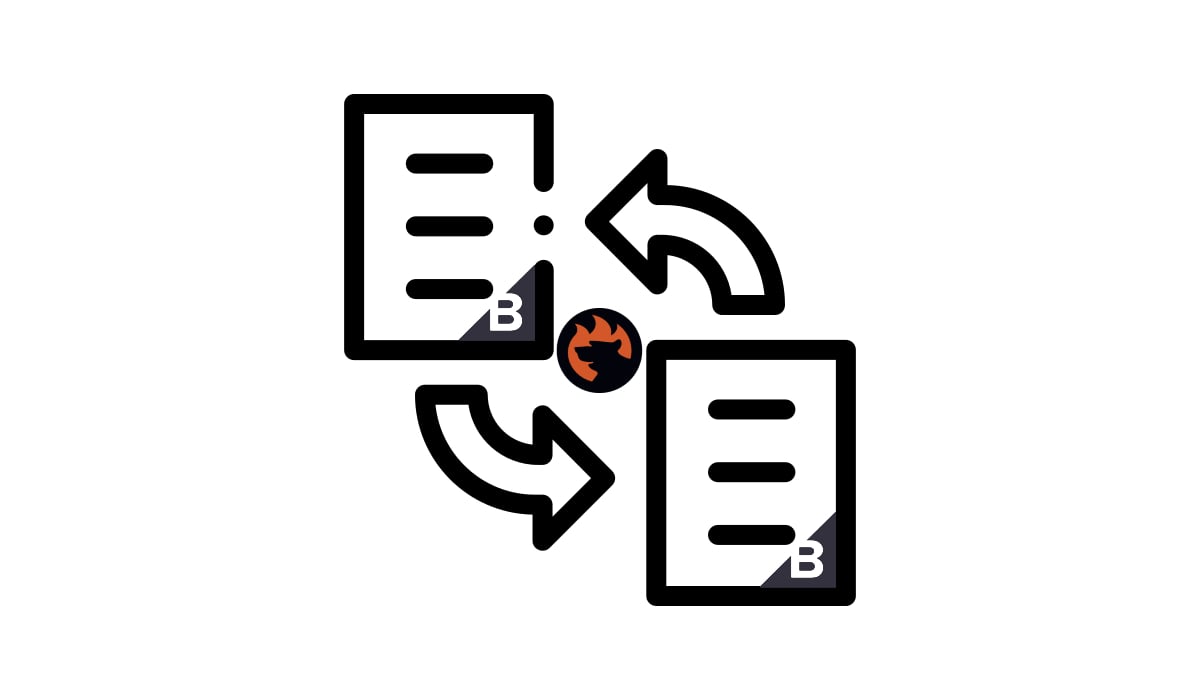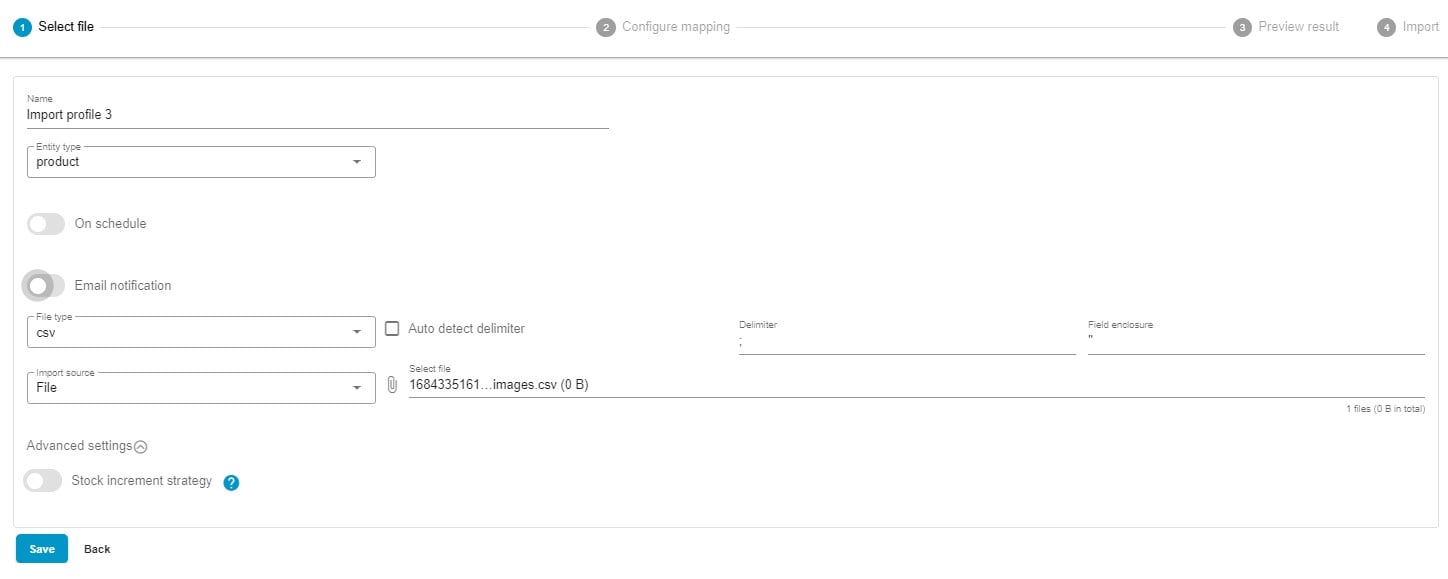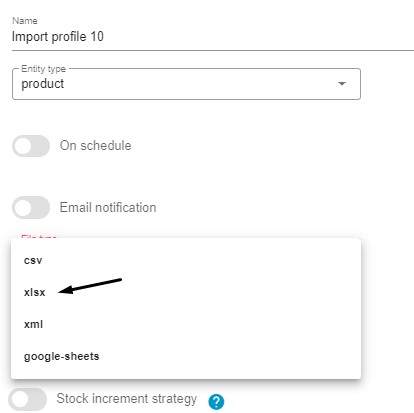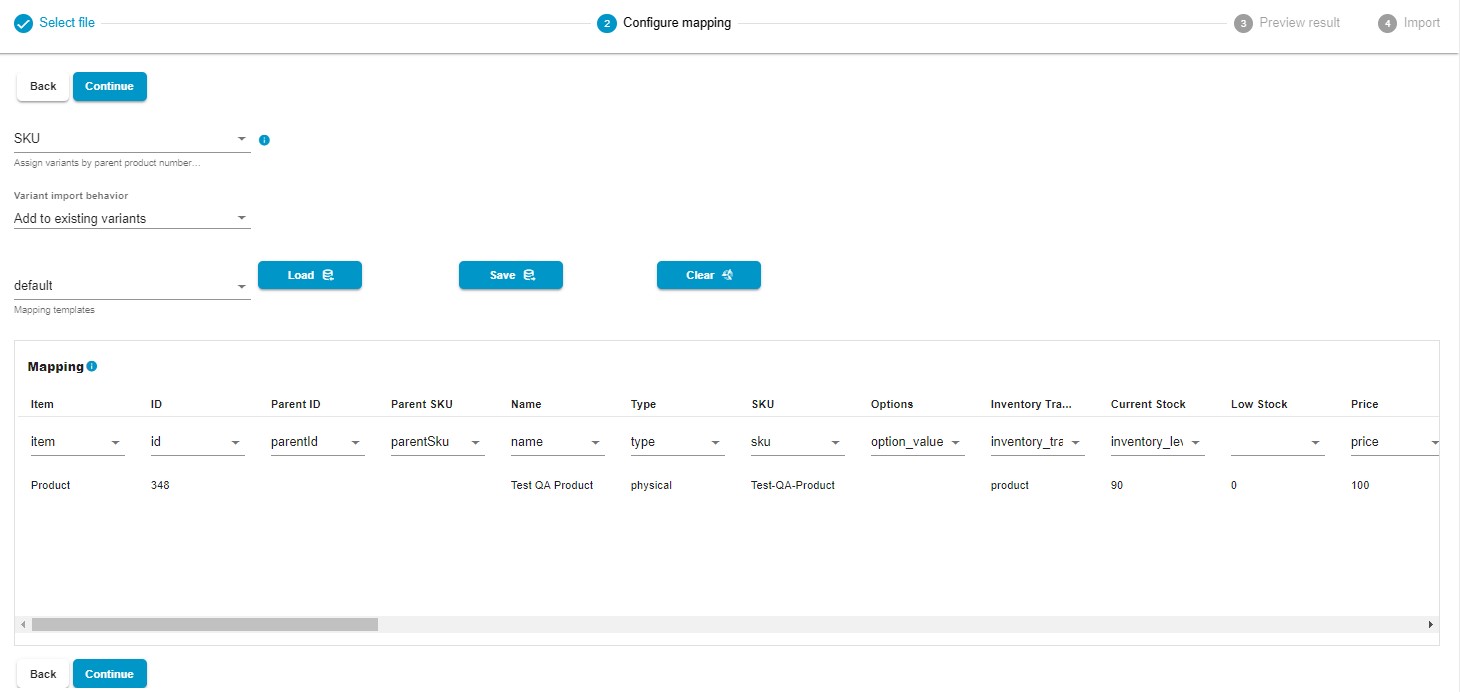How to Import XLSX Files to BigCommerce

BigCommerce is primarily tailored to work with CSV files for data import. But what if you receive an update in the form of an XLSX file? In such cases, the standard procedure involves converting it to CSV before initiating the import. However, there’s a more straightforward way to update your BigCommerce website without this conversion hassle. Allow us to introduce you to the . This plugin offers full support for both importing and exporting XLSX files. In this guide, we’ll walk you through the import of XLSX files into BigCommerce. But before diving into that, let’s explore the differences between CSV and XLSX. And be sure to check out our BigCommerce Cookbook for additional handy tips and suggestions.
Table of contents
CSV vs. XLSX
CSV, which stands for comma-separated values, is like a text file where commas neatly separate different blocks of data.
On the other hand, XLSX files are a bit more sophisticated. They belong to the family of Microsoft Excel Spreadsheet files and come in a ZIP-compressed, XML-based format. This means they use tags and other fancy tricks to structure and move data around. If you’re curious about XML files, you can learn more about them in our guide on How to Import XML to BigCommerce.
So, what sets CSV and XLSX apart? Well, CSV is pretty straightforward. It’s just plain text with values separated by good old commas (that’s why it’s called Comma Separated Values). It’s user-friendly and doesn’t require you to be a tech whiz. Plus, it’s much smaller in size compared to XLSX, so it won’t hog your computer’s resources.
Now, XLSX is the more versatile one in the duo. It’s excellent for storing and sharing complex, structured data. This format uses something called SpreadsheetML markup language and schema to organize data in a fancy grid of cells. These cells are like little boxes holding values and formulas. And you can have multiple worksheets in a workbook – it’s like having a bunch of interconnected spreadsheets.
So, in a nutshell, CSV is straightforward and lightweight, while XLSX is flexible and robust when handling intricate data.
How to import XLSX files using the default BigCommerce tools
As we mentioned earlier, BigCommerce doesn’t play nice with XLSX files. But fret not, there’s a straightforward way to get your XLSX data onto your e-commerce website using BigCommerce’s default tools. Here’s the drill:
- Open up your XLSX file and head over to the worksheet you want to work with. Only the active sheet will make the journey.
- Click on “Save As” tucked under the File tab.
- In the Save As dialog box, take a gander at the “Save as type” menu. From there, pick the CSV format, and specifically, go for CSV UTF-8.
Quick note: If your XLSX file has a bunch of different tables, you’ll have to make a separate CSV file for each one.
Now, once you’ve got your CSV files from your XLSX file, it’s time to roll up your sleeves and do a little quality check. Export a sample CSV file from your BigCommerce website and do a side-by-side comparison with your converted CSV. If you spot any hiccups or mistakes in that converted CSV, you’ll need to smooth them out. Otherwise, you might run into a roadblock when trying to import your crucial data onto your e-commerce website.
Setting up XLSX Imports for BigCommerce with the Improved Import & Export Tool
Step 1: To get started, click on the “New Profile” button. You’ll find this option under “Apps,” then “My Apps,” and finally “Firebear Import & Export Tool” followed by “Import.”

Step 2: Now, you’re on the “Select File” screen where you can enable XLSX imports for BigCommerce. Here’s what you need to do:

- Give your import profile a title.
- Choose what you want to import (like products or customers).
- If you need to, set up a schedule for your updates.
- If your import routine needs alerts, configure email notifications.
- Pick XLSX as your file format. You can also work with XML and CSV files or Google Sheets spreadsheets.

- Choose where you’re importing from: FTP, URL, Google Drive, or Google Sheets.
- If needed, tweak advanced settings, like your stock increment strategy.
Step 3: You’re now on the mapping screen. This is where you tell the system which columns in your imported file match up with the properties in your BigCommerce store:

- Identify which columns in your imported file correspond to your product properties in BigCommerce. If the table you’re importing doesn’t quite fit BigCommerce’s criteria, no worries—you can swap out unsupported column names with the right ones.
- If your updates involve product variants, you’ve got some choices. You can use either the parent product’s SKU or ID for the assignment. And you can choose whether to add the new variants to your existing ones or swap out the old variants completely. It’s all about flexibility, tailored to your needs and how you like to manage your products in BigCommerce.
Step 4: After the mapping stage, the Improved Import & Export Tool lets you see a preview of how your products will look once they’re imported.

Step 5: All done? Great! Click “Save” to keep your new import profile. If you’ve set up a schedule for your updates, the app will kickstart the import process all on its own. Or, if you’re eager to get things rolling right away, just hit the “Import” button.
And voila! You’re all set up for XLSX imports in BigCommerce. For even more detailed info, feel free to dive into our Improved Import & Export Tool Manual.
Other Features
Running a BigCommerce store? You’ve got a powerful partner on your side with the Firebear Import & Export Tool. It’s not just about making importing and exporting easier; it’s about giving you tools and features that the standard BigCommerce setup simply doesn’t offer. Let’s dive into how it changes the game:
- Full Product Import and Export: Say goodbye to the hassle of keeping your product info up-to-date. With this tool, managing product data and custom properties is a breeze.
- Customer Data, Made Simple: No more juggling customer details. You can now import and export customer info smoothly, making customer relationship management a walk in the park.
- Get the Scoop on Orders: Exporting order data is a snap. Plus, you’ll have all the insights you need to understand transactions and sales analytics.
- Precision Data Mapping: When it comes to data relationships, you can be a perfectionist. This tool lets you craft precise data connections, ensuring everything flows seamlessly between your BigCommerce store and other systems.
- Set Your Schedule: Tired of manual data updates? Customize your import and export schedules, and let the tool do the heavy lifting for you.
- Play Nice with Files: You’re not locked into one file format. This tool plays well with different formats like CSV, XML, and XLSX, making data transitions silky smooth.
- Team Up with Google Sheets: Collaborative data management is a breeze with the integration between BigCommerce and Google Sheets. Sharing and working together on data has never been easier.
- Direct File Uploads: Ditch the complications. Importing and exporting data is as straightforward as direct file uploads, making your data management hassle-free.
- Tightened Security: Worried about data security? You’re covered. The tool supports secure FTP/SFTP protocols for extra peace of mind during data transfers.
- Google Drive Integration: Google Drive integration adds a layer of convenience and accessibility to the process.
As you can see, the Firebear Import & Export Tool transforms the way BigCommerce store owners handle their data transfer operations. Whether it’s keeping your product catalog in tip-top shape, managing customer data, or handling orders, this app simplifies complex tasks, ultimately supercharging your online store’s efficiency. Ready to learn more? Dive deeper into this fantastic tool by visiting:
